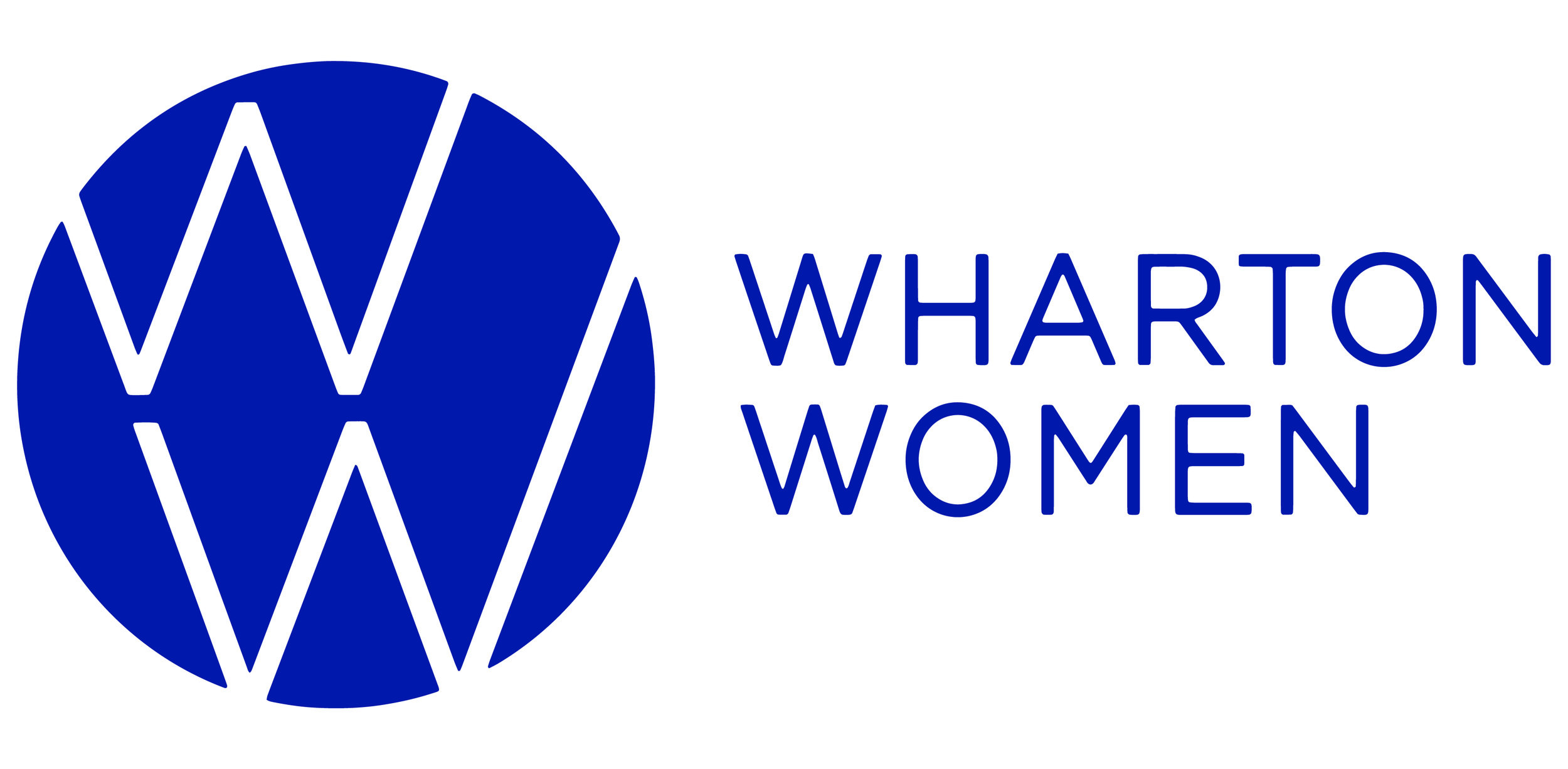Economics of Stanley Cup
Written by Valeri Guevarra ‘26; Edited by Jessica Hua ‘26
Another year, another new water bottle trend, but this one is a bit different.
By now, everyone at least knows of the Stanley cup. The metal brightly colored water bottle with a handle, a straw, and sometimes charms has graced the hands of many youth and adults across the nation. However, although the company follows in the steps of recent trending metal bottles, the over 110-year old company has a unique journey and strategy that has resulted in success.
Stanley is a drinkware container company founded by inventor William Stanley Jr. in 1913. He was a long-time electrician and inventor with a degree from Yale with some Philadelphia ties through electrical projects. He made the first Stanley bottle in 1915 when he discovered a welding process that could be used to insulate water with steel. In 1916, he passed away, but the company continued. Notably, World War II pilots used Stanley cups. For the majority of the next century, the company targeted outdoorsy adults and its best-seller was a camping style bottle called the Classic Legendary Bottle.
Stanley is a drinkware container company founded by inventor William Stanley Jr. in 1913. He was a long-time electrician and inventor with a degree from Yale with some Philadelphia ties through electrical projects. He made the first Stanley bottle in 1915 when he discovered a welding process that could be used to insulate water with steel. In 1916, he passed away, but the company continued. Notably, World War II pilots used Stanley cups. For the majority of the next century, the company targeted outdoorsy adults and its best-seller was a camping style bottle called the Classic Legendary Bottle.
Today, the well-known Stanley cup equipped with straw and handle is officially called the Stanley Quencher tumbler and was introduced in 2016. The product did initially struggle to gain traction, and the company actually stopped marketing and restocking for a time in 2019.
However, influencer collaborations (ex. The Buy Guide in 2019), strong online word of mouth through TikTok, and the hiring of Terence Reilly, who notably led the ‘making Crocs cool’ campaign that resulted in similar skyrocketing demand, has led to Stanley sales tripling over the years. In 2019, the company’s annual revenue was $70 million compared to $750 million in 2023.
It also helps that Stanley’s marketing and PR team are on point. In November 2023, a regular woman Danielle Lettering uploaded a video to TikTok of the remains of her car after a fire and the intact Stanley cup inside still with cold ice. It initially garnered the attention of millions, and today, it has over 96.6 million views. Seizing the positive word of mouth opportunity, Reilly via the Stanley TikTok account responded to the video by offering Lettering a free car and new Stanley and highlighting how the product is ‘built for life.’ The response has collected over 57 million views and highlighted the company’s priority of supporting this community built through Stanley cups.
The rise of the Stanley is also an example of the revolving door of trending reusable water bottles in recent years. In 2015-2019, the uniquely shaped (and patterned) S’well bottles graced our school desks. In 2017, Starbucks, Lily Pultzer, and S’well even collaborated to capitalize on each other’s popularity. From 2019-2022, it was Hydro Flask—heavily supported by the VSCO girl aesthetic. And now, it’s Stanley. Notably, what differentiates Stanley from its “now-out of style” predecessors is that it has very broad appeal from young teens to older soccer moms—thanks to its diverse use of influencer marketing and general marketing strategy.
Overall, Stanley’s success has come from a combination of strong marketing, strategy, and leadership even if it may be similar like another run of the mill viral trend due to social media.
